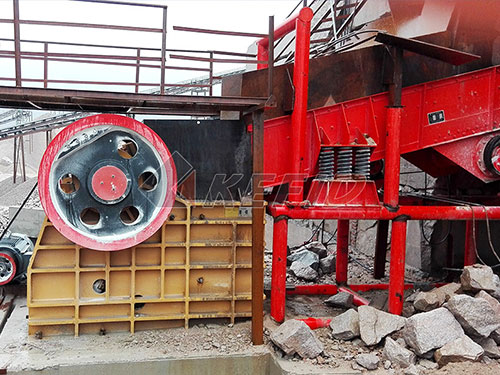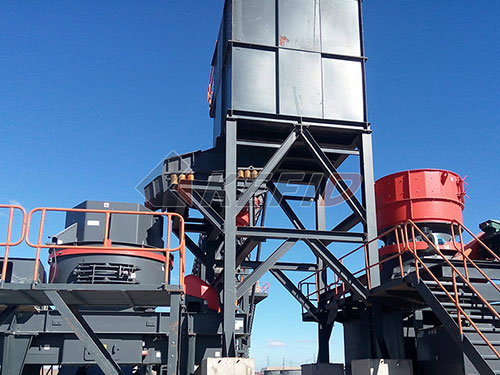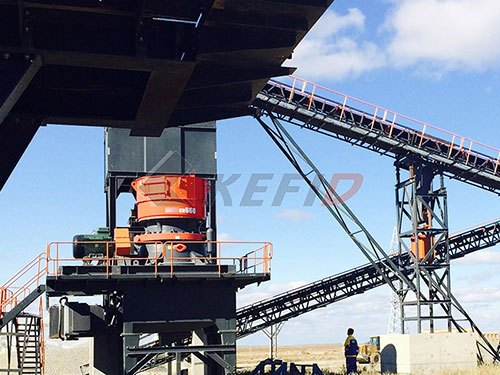Beyond the Sticker Price: A Strategic Guide to Portable Cone Crusher Costs in Colombia
Investing in a portable cone crusher represents a significant step towards operational flexibility and efficiency for quarrying, mining, and aggregate producers across Colombia’s diverse landscape. However, focusing solely on the initial purchase price listed on a brochure or website is a critical mistake that can lead to substantial long-term financial pain and operational headaches. The true cost of owning and operating a portable cone crusher in Colombia is a complex equation influenced by numerous dynamic factors specific to the country’s geography, economy, regulations, and market conditions.
This comprehensive guide delves deep into these variables, moving beyond simplistic price lists to provide you with the strategic knowledge needed to make an informed investment decision that optimizes your total cost of ownership (TCO) over the equipment’s lifespan.

Understanding the Core Components of Cost
The advertised “price” of a portable cone crusher is merely the starting point – the base machine cost. This figure itself varies considerably based on:
1. Machine Specifications & Capacity:
Cone Crusher Type: Hydrocone-style crushers often command a premium over traditional bushing cones due to advanced hydraulic systems offering finer control and potentially better particle shape.
Size & Throughput: Larger units capable of processing 300+ tons per hour (TPH) will be significantly more expensive than smaller units handling 50-150 TPH.
Crushing Chamber Design: Different chamber profiles optimize for different applications (secondary crushing vs tertiary shaping vs producing manufactured sand). More specialized chambers may influence cost.

Drive System: Diesel-electric drives offer fuel efficiency benefits but add complexity and initial cost compared to direct diesel hydraulic drives.
Tier Level Engine: Meeting stringent emission standards (e.g., Tier 4 Final) increases engine cost significantly.
Advanced Control Systems: Sophisticated automation systems (like ASRi™ or similar) improve performance but add upfront investment.
2. Brand Reputation & Origin:
Established global brands (e.g., Metso Outotec/Ancora Minerals Distribution, Sandvik/Tecmin S.A.S. Terex MPS/Powerscreen Colombia, McCloskey International/EQUIPOS Y PARTES S.A.S.) typically command higher prices based on proven reliability, extensive R&D, global support networks, and brand equity.
Mid-tier brands often offer competitive pricing while still providing good quality

Leave a Reply